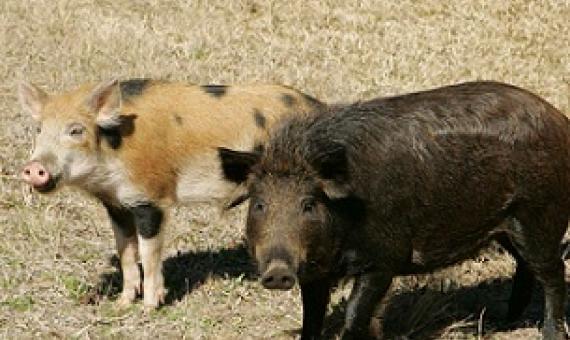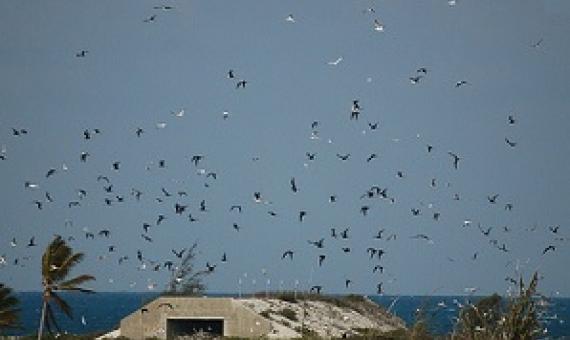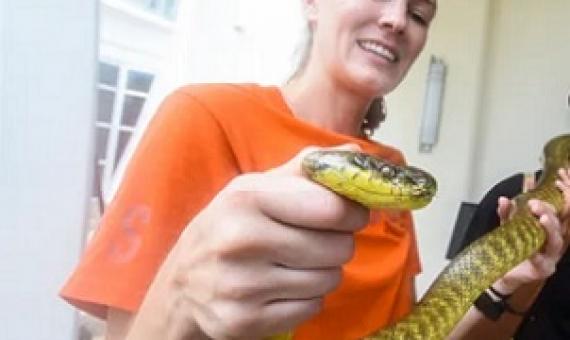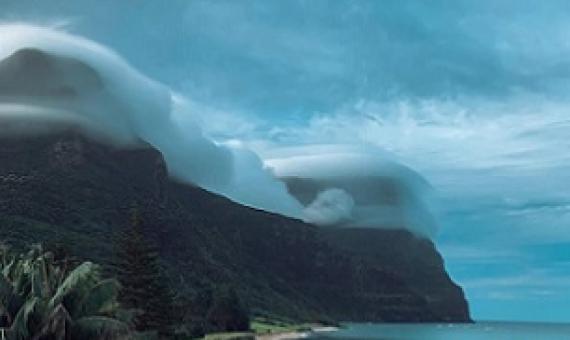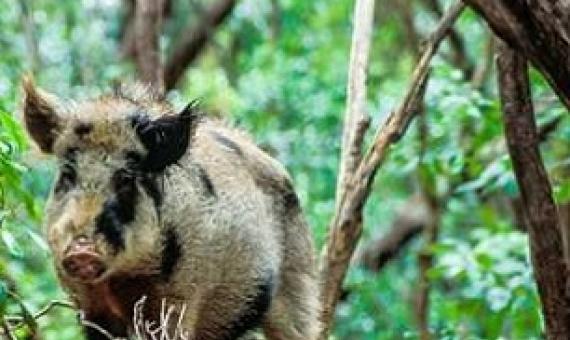The history of the aerial application of rodenticide in New Zealand
Following the incursion of rats (Rattus rattus) on Taukihepa (Big South Cape Island; 93.9 km²) off southern New Zealand in 1963, and the subsequent extirpation of several endemic species, the New Zealand Wildlife Service realised that, contrary to general belief at the time, introduced predators do not reach a natural balance with native species and that a safe breeding habitat for an increasing number of at risk species was urgently needed.

